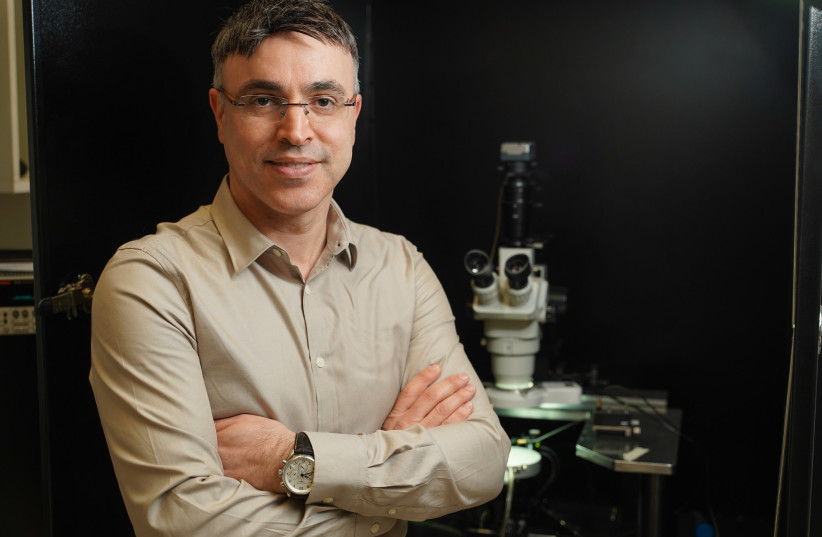Scientists at the Technion-Israel Institute of Technology have produced a highly stretchable electronic material and a wearable sensor capable of identifying precise bending and twisting motions.
Essentially, it is an electronic skin.
The development will be able to help identify ailments and disease, for example, the early onset of Parkinson's, or help amputees adapt to prosthetics, the developers have said.
It recognizes the range of movements that human joints normally makes with the precision of up to half a degree. This breakthrough is the result of collaborative work, headed by Professor Hossam Haick from the Wolfson Faculty of Chemical Engineering.
It was recently published in Advanced Materials, a peer-reviewed journal.
Professor Haick's lab focuses on wearable devices. Wearable motion sensors can currently recognize bending movement, but not twisting. Sensors that recognize twisting are large and cumbersome.
Ph.D candidate Yehu David Horev and postdoctoral fellow Dr. Arnab Maity have found a way to overcome this problem. Horev found a way to form a composite material that is both usable as a sensor and is flexible, stretchable, breathable, biocompatible, and does not change its electrical properties when stretched.
Dr. Maity was able to solve the mathematics of analyzing the received signal.

The novel sensor is breathable, durable and lightweight, allowing it to be worn by humans for long periods of time.
“This sensor has many possible applications,” Prof. Haick stated.
“It can be used in early disease diagnosis, alerting of breathing alterations, and motor system disorders such as Parkinson’s disease. It can be used to assist patients’ motor recovery and be integrated into prosthetic limbs. In robotics, the feedback it provides is crucial for precise motion. In industrial uses, such sensors are necessary in monitoring systems.”
